As the prevalence rate of myopia is getting higher and higher, many children may begin to suffer from myopia in kindergartens.
A few days ago, there was a report that all 4-year-old children were myopic for more than 600 degrees. What can I do? I believe many parents are very worried, especially don’t want their children to wear glasses.
Today we will talk about some topics of children’s myopia.
Can myopia be passed on to the next generation?

Parents often ask, you said that my child and his father are both myopic, then will my child also be myopic?
It is true that myopia has a genetic tendency, especially high myopia, but the genetic mode of myopia is very complicated.
Moreover, heredity is not what many people think, that is, if the family has the disease, the next generation will definitely suffer from the disease, which increases the risk of a certain disease.
Some studies have shown that if both parents are myopic, the risk of myopia for children is 4 times higher than that for both parents who are not myopic.
If both parents are highly myopic, then the child will basically be myopic. If only one parent is myopic or highly myopic, then the possibility of myopia of the child will also increase.
Myopia is irreversible
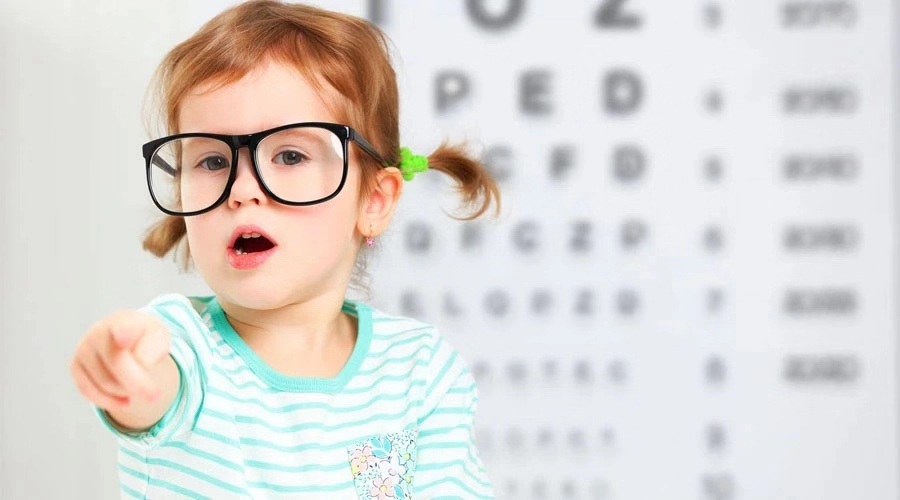
Many parents are easy to enter a misunderstanding when facing their children’s myopia, and always feel that they have to find ways to cure their children’s myopia.
Then go to the hospital to see, doctors will generally say that myopia is not curable.
Then parents will fall into a state of [I don’t listen, I don’t listen, whoever tells me that I can cure it, I will go to whoever can cure it, and it doesn’t matter to spend some money, because I love children].
However, in many cases, improper treatment will not only fail to cure children’s myopia, but will delay correct myopia control.
I also often meet children clinically. When I came, I was over 300 degrees. When I asked why I came now, my parents said that after one year of treatment in what, I thought I could cure them, but I didn’t think the degrees had deepened.
Therefore, if it is found that the child is indeed myopic, it is still necessary to accept this matter. The mydriasis, mydriasis, optometry, optometry, optometry, optometry, optometry, optometry, optometry, optometry, optometry, optometry, optometry, optometry, optometry, optometry, optometry, optometry, optometry, optometry, optometry,
How to divide true and false myopia?
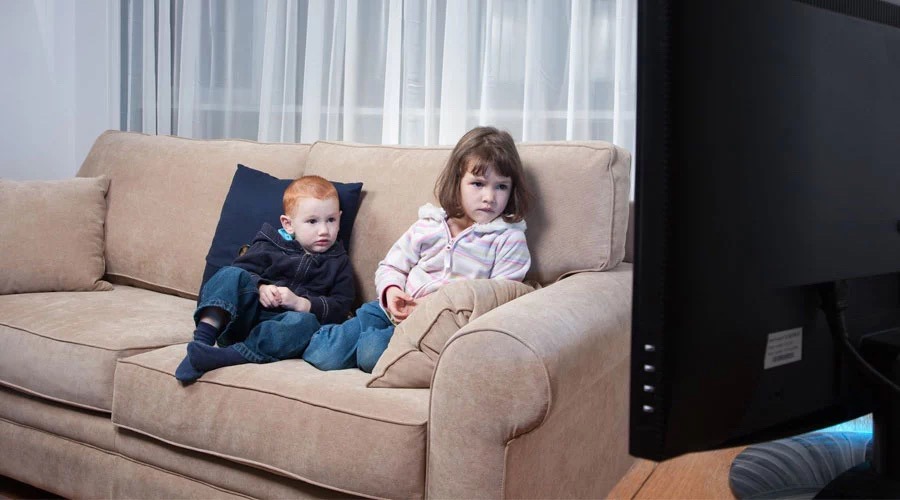
When children are getting closer and closer to watching TV and like to squint and look at things with their heads tilted, parents should be on guard at this time. Children may be nearsighted.
Many careful parents will bring their children to the hospital at this time. Then parents usually have hope that their children are pseudomyopia.
In fact, the concept of pseudomyopia is not very accurate, and there are few such references in the world, but the acceptance of the domestic public is very high, so is the situation in what pseudomyopia?
Let’s talk about myopia first. Clinically, we regard myopia less than 50 degrees as emmetropia, that is to say, there is no problem at this time. However, myopia is defined only when the degree of myopia is greater than 50 degrees. This degree refers to the degree when the eye is not adjusted.
Does adjustment mean what?
The eye can see objects at different distances clearly, mainly relying on the adjustment ability of the eye.
Generally speaking, when we look far away, the ciliary muscle is in a relaxed state. When we look close, the ciliary muscle will contract, relaxing the suspension ligament connected to it, and the lens will become convex, with enhanced refractive power and stronger ability to converge light, thus enabling the eye to see nearby objects clearly.
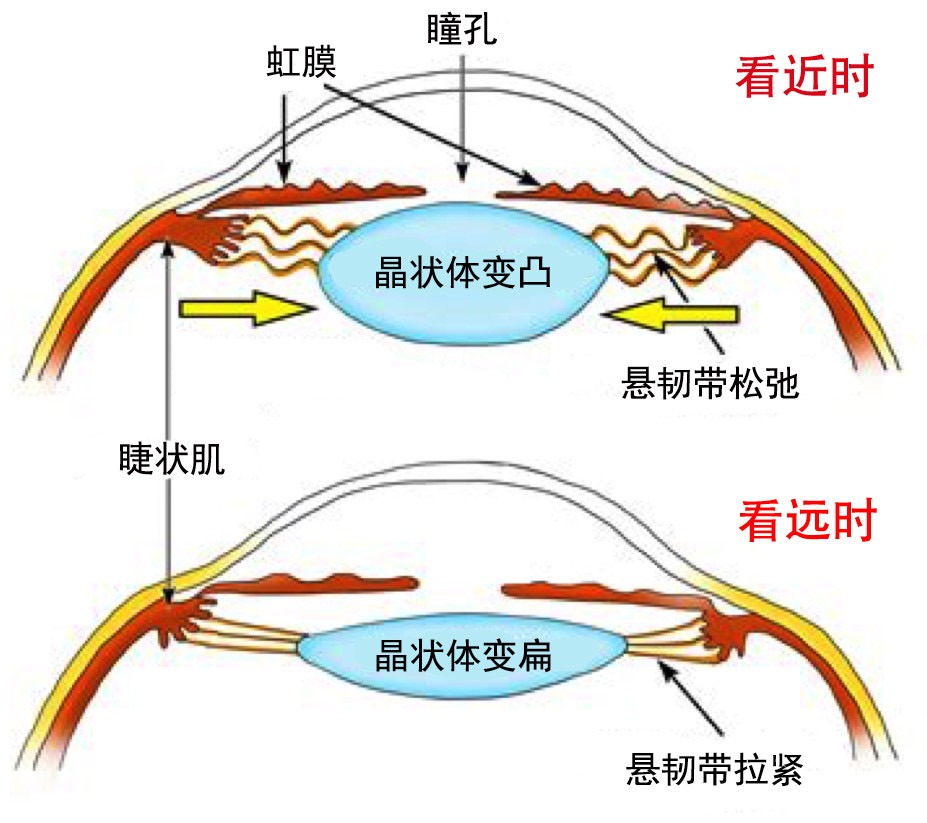
Therefore, long-term look near, ciliary muscle has been in the working state of contraction, it may cause fatigue spasm. The so-called pseudomyopia, in fact, refers to the ciliary muscle of this fatigue state.
Clinically, to distinguish true myopia from false myopia, ciliary muscle paralysis drugs (i.e. Mydriasis drugs) can generally be used to make ciliary muscle not work and the eyes are in a natural state before optometry is performed, so as to obtain the true refractive power of the eyeball and distinguish true myopia from false myopia.
This is also why doctors will dilate pupils for children who have their first optometry and glasses.
The child is really myopic, what should I do?
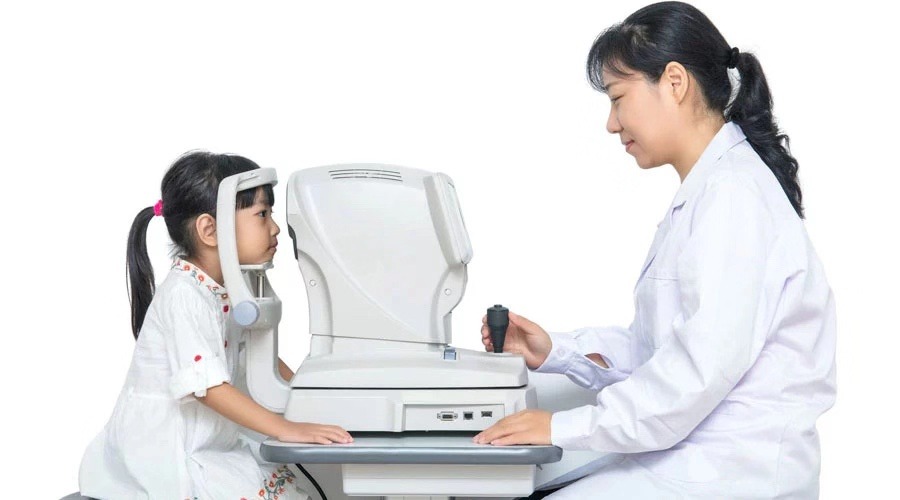
After mydriasis, it is found that the child is really myopic, and it is usually necessary to correct it with glasses.
At present, there are two mainstream methods of correction: one is to match frame glasses, including lenses to control the development of myopia; Another is orthokeratology lens, which also has a clear effect on myopia control.
Can I wear orthokeratology lens?
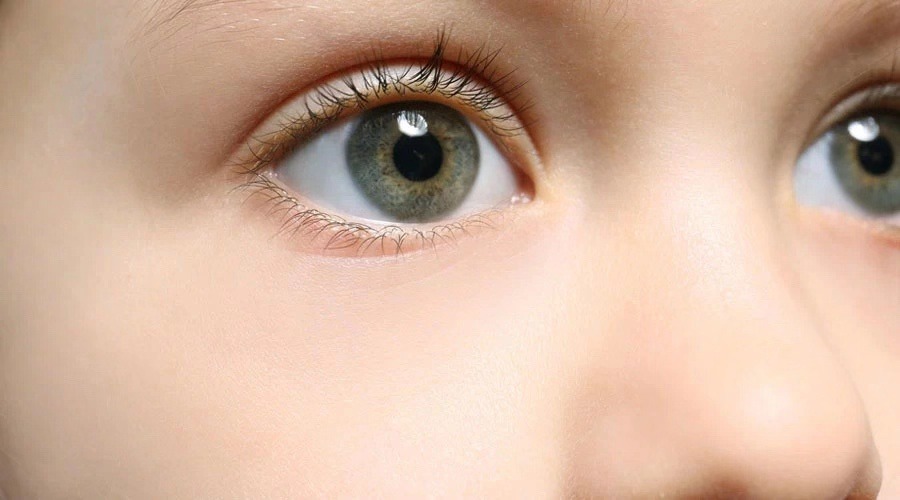
Now many parents wear orthokeratology lenses for their children. Indeed, orthokeratology lenses are a good choice for myopic children.
Orthokeratology lens (OK lens for short), in short, is a special contact lens, because it is made of high oxygen permeability material, so it can be worn at night. The advantages mainly lie in the following two points:
First of all, OK mirror is more convenient to use. Before going to bed at night, put on the OK mirror, and then sleep normally. After getting up in the morning, you can get clear eyesight by taking off the shaping mirror. During the day, you no longer need to wear frame glasses to see things, and restore to the state when there is no myopia. Daily life and study, especially sports, will be much more convenient.
Secondly, OK mirror has certain myopia control effect. After children begin myopia, the general degree will continue to rise. On average, if you wear ordinary frame glasses, the degree will increase at about 75 degrees per year. However, if you wear an OK mirror, it will increase by about 25 degrees on average every year, so as to avoid developing high myopia as much as possible.

In addition to matching glasses, there is also a very important point, to let children develop better eye habits.
Reduce close eye use and increase outdoor activities. For example, after a class, take a walk outside the classroom during recess. If you can only stay in the classroom, you should also look out of the window and look far away. When doing homework at home, you should also take a 45-minute rest before continuing.
It should also be noted that for myopic children, it is very important to slow up the degree increase and avoid developing high myopia as much as possible.
Because high myopia itself may not only cause blindness, but also the risk of other fundus diseases is much higher. If high myopia has developed (over 600 degrees), fundus examination is required every year, and problems found can be dealt with early.
